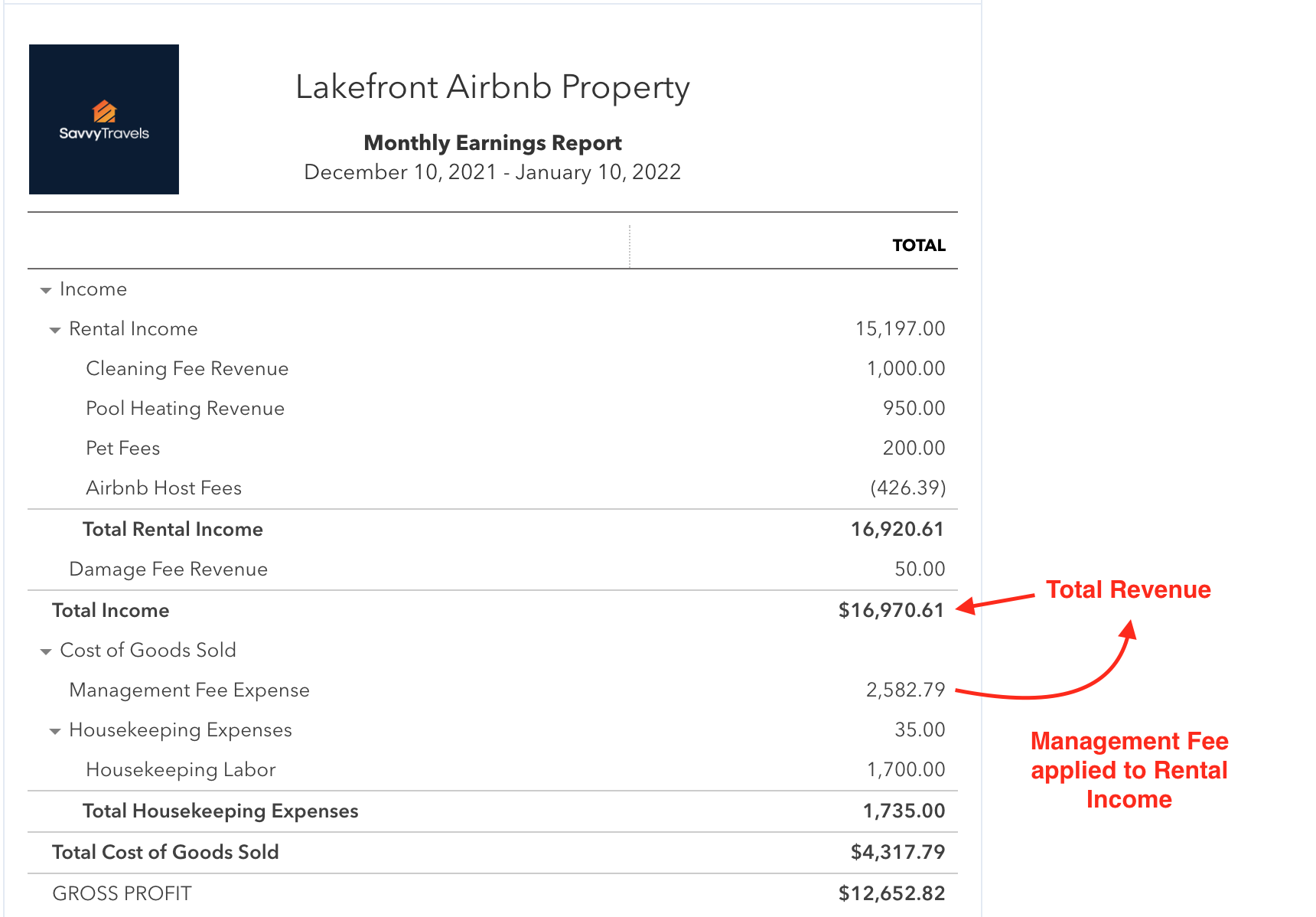
The job of residential property manager is multifaceted and can prove challenging. Residential managers must be familiar with the laws and regulations in their area, as well as have the skills and ability to resolve problems when they occur. These professionals act as a liaison between tenants, land owners, and others involved in the rental process. They are responsible to set rental rates, market the property, screen tenants, and negotiate lease terms.
There are many ways to enter this industry. One way to get into this industry is to become licensed property manager. This involves attending classes, passing an exam, and taking a number of courses. A licensed manager must ensure that rent payments are being collected and followed up.
A property manager can be hired as an individual. Individual property managers are more involved with their operations and are more willing to find creative solutions for their clients. They are likely to cost more than other managers.
Having a good property manager is key to keeping your property in top shape. You want them to be able repair, screen tenants, and coordinate any maintenance issues. Additionally, they will know the legal aspects of renting a unit and will be able to suggest a good legal counsel.

Most residential managers work for homeowners, landlords and condominium associations. There are many services they provide, and the range of their offerings is vast. They can offer one person operations or large corporations with hundreds. Property managers will be responsible for coordinating and overseeing maintenance, screening tenants, and maintaining all of the administrative aspects of running a building.
Larger companies can benefit from economies of scale. This is especially true when you manage multiple properties. It is a smart idea to partner with a management company that has many resources and expert knowledge.
You will have a better customer service experience. They will also have more people to handle the day-today operations. They will also have the ability to offer competitive pricing.
Some property managers have their own maintenance staff. Some rely on contractors to do repairs. It does not matter what contractor you choose, but it is important to keep track all expenses so that there are no IRS penalties.
Finally, a professional residential manager will find the best way for you to market your property. When a potential tenant comes to your property, you will want to display images that will entice them to take a closer look. It is important to show potential tenants all of the amenities within the building.

With the right professional, you can enjoy the benefits of owning a property without the hassle. They will find the right tenant for your property and will keep you updated on any potential problems. Your investment should be safe.
Look for property managers jobs by consulting local agents. They can help you locate jobs that fit your skills and interests. You can also search online for local job listings.
FAQ
What is the average time it takes to become a handyman.
It takes many years of hard work to become an expert handyman. It usually starts with helping friends and family and gradually expands into a full-time career.
As you learn, you'll be able to master all of the necessary skills.
Do you have any suggestions from a handyman on how to improve your home?
Absolutely! True, a handyman can be trained in any area of home repair or maintenance. A handyman knows what to fix and what not. Do not hesitate to seek advice whenever you are in need.
How can I find a reliable handyman?
Before you hire a handyman, make sure to check their references. Ask friends and family who have used the handyman in the past. Check out the internet for reviews. Handymen can post reviews on a variety of sites.
Statistics
- Another estimate was that the market in the United States was $126 billion and was increasing by about 4% annually. (en.wikipedia.org)
- Mila keeps a commission of 20% for each completed service performed by Friends and charges various service fees regarding work done by Pros. (appjobs.com)
- A franchise was approximately $110,000 with a franchise fee of $14,900, according to a spokesperson for a national handyman franchise. (en.wikipedia.org)
- More than 20% of homes in America have outdoor living spaces, including decks and patios. (mrhandyman.com)
- “Before the pandemic, 40% of people asked how we could estimate a job when we weren't there,” Rose recalled. (inquirer.com)
External Links
How To
How to replace a damaged tile
Step 1 - Remove the old tiles.
Remove the old tiles from your flooring and put them aside. If you intend to use them, you will want to keep them intact. Note which pieces are missing or damaged to avoid having to search for replacements.
Step 2 – Choose New Tiles
Take a look at some different options available for tile replacement.
-
Locate a replacement tile that is the same as the one you just removed.
-
Use the measurements you took when removing the tile to find a matching piece. This makes it easier to get the right size without having to measure again.
-
Look for various colors, patterns, textures, sizes, shapes, etc.
-
If you have a preference for grout, consider what it would be best to use. Some people prefer to use a single color, while others love mixing it up.
-
Be sure to select a tile that is resistant against moisture.
-
Also, think about where you want to place your new tile. This will help you save time and money.
-
Once you've found the tile that suits your needs, you can place your order online.
Step 3: Install the tiles.
To install your tiles, follow the same procedure as before. Make sure they are aligned correctly so that they fit together perfectly.
Step 4 -- Clean Up
Before putting down the final layer of protective material, clean up all the debris from the floor.
This will stop dirt and dust from entering the cracks between tiles.
Step 5 - Sand Down the Floor
After cleaning everything, sand down the floor to remove any loose particles left behind by the previous step.
Step 6 - Close the door
After the floor has been smoothed, you can apply protective coatings to the tiles. It is important to wait before you apply the protective coatings.
To help prevent stains, you could always use a product called 'damp-anddry' on your floors.
It will not address all problems that may arise once your tiles have been installed. An anti-slip coating can be added to the protective layer for children who are often running around.
Remember to let the protective sealer remain on for several additional weeks before you move into your home.